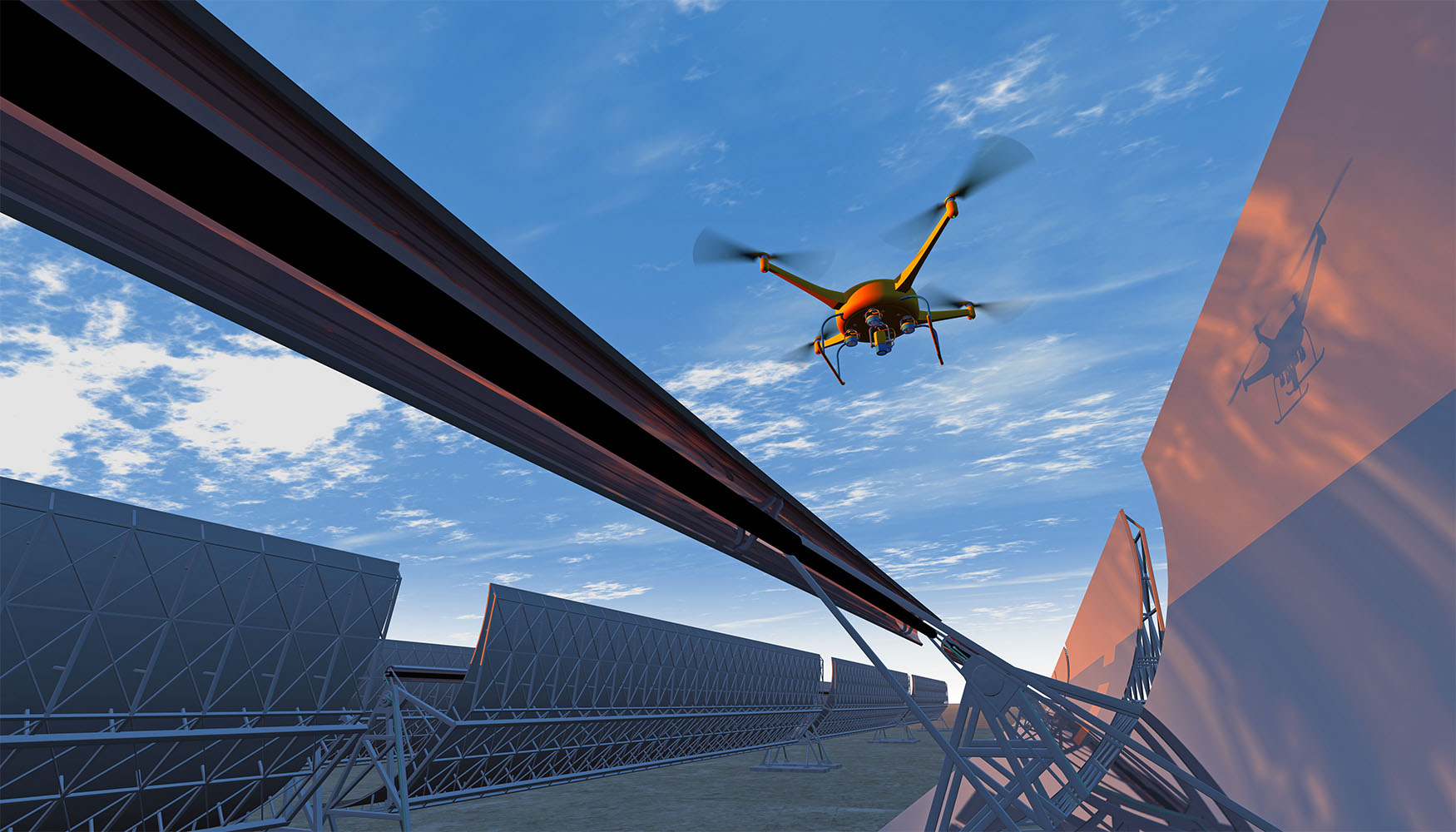The use of next-generation connectivity in the construction industry
Published on 11th June 2020
Can 5G help to overcome some of the challenges we see on construction projects – and what are the hurdles and legal consequences of using this technology?

Welcome to the second article in our series on construction technology. Last time we looked at offsite and modular construction and whether it is an answer to many of the challenges currently facing the construction industry.
In this article we discuss next generation connectivity and its application to the construction industry. Can the likes of 5G help to overcome some of the challenges we see on construction projects such as low productivity levels and low margins; and what are the hurdles and legal consequences of using this technology?
What is next generation connectivity?
There is a great deal of excitement around next generation connectivity, and 5G in particular. It promises extremely fast speeds for data management, improved reliability and increased capacity. Significant factors include 5G's greater bandwidth (broader pipes) and low latency (faster flow through the pipe – latency describes the time lag between when a device sends a command and when it is received at the other end). These characteristics enable very fast relay of large amounts of data back to the cloud (or central servers) for processing and analysis, with a near real time return of the outputs. Cloud computing also typically opens up also the possibility of far more complex processing being undertaken because of the extent of the processing capacity and tools available in the cloud.
On construction projects, capturing and analysing data is increasingly important to reach a successful project delivery. 5G connections could enable these processes to be carried out in real-time, with decisions made almost instantly and issues rectified swiftly.
For example, photos and videos complement written reports to detail progress; they highlight dangers on site; and they are often used retrospectively to justify claims for additional time/money or if matters turn litigious.
Say, for example, that a project team flies a drone to record footage of the work on site, or data is captured through wearable tech (such as sensors) on hi vis jackets or helmets. All of this data builds up an accurate "as built" picture of the works. With 5G implemented – and powered by artificial intelligence-based systems – we may see (with a set of pre-determined rules) automatic decision making based on the data produced.
5G may therefore enable real-time decision making, which may then trigger, for example, a re-sequence of the works to identify behind-programme activities – and even go the step further and feed into software that determines whether there is a viable claim, which then trigger notices of claims to be issued in accordance with the contract.
With next generation connectivity, all of this could be done simultaneously - capturing, reporting, managing and analysing data at the same time (or almost the same time!).
Of course in this example, one would need adequate project management and collaboration software, which is being developed and improved. Think of the time that workers will get back from not having to wait for photos to upload, or having to piece progress reports together, allowing the human input to focus on the "why" questions rather than the "whats" and "hows".
The benefits of 5G connectivity do not stop at quicker data analytics. A further promising application of this is real-time translation, which could be revolutionary on international projects where different languages are spoken. Low-latency connectivity could also allow more people to work remotely and be fed real-time information through, for example, video footage recorded through cameras on hard hats.
The legal issues
As well as the operational benefits, 5G-based technologies could simplify or avoid the disputes that frequently arise on projects. For example, next generation connectivity can help to create a much more accurate and fact-driven picture of progress on site.  There may be less reliance on subjective documents like progress reports / meeting minutes when reflecting on ""what happened, and why"", which may be particularly helpful for those making or facing a delay or disruption claim.  In the long-run, this may reduce the overall number and cost of disputes, perhaps allowing parties to move to a data-driven process for resolving claims.
Nevertheless, the increasing use of technology and 5G on construction sites raises its own questions:
- The adoption of 5G will lead to large amounts of data being produced on projects; how will parties deal with vast amounts of data to ensure it is being used effectively? Masses more data may also result in more data being processed, stored and analysed as part of any disclosure process in litigation or arbitration.
- As a point relating to interfaces increased amounts of data is great but, again, this needs to be used smartly so that interfaces are set up which can drive efficiencies rather than bogging people down in the data produced. Take drones the key is to have in place a system where the data produced by the drones can lead somewhere e.g. a resequenced programme of works, assessment of payments for work done, identify behind programme activities and trigger early warning notices etc. and/or other processes to determine if there is a viable claim.
- There are issues around the integration of systems sophisticated clients and/or contractors will likely benefit, but what about the supply chain if they do not have systems which are integrated? Will parties without the adequate systems in place be able to process and cope with new data streams? How will this integration work if parties (or some of the parties to a projects) are still working off a paper based system?
- What are the potential liabilities if the data is hacked?
- Who ""owns"" the data captured: the client, the contractor or the sub-contractor? Contracts will need to be amended or supplemented with agreements dealing with the governance of, access to and protection of data.
- How will data protection legislation be followed, if for example footage is captured of a person that does not consent, or a photo of a neighbouring property,
- What if, using our drone example above, unsafe or illegal activity is recorded on site how is this then dealt with? Who assumes responsibility to notify, if at all?
Despite the legal hurdles, embrace the technology or you may fall behind.
The UK future success in the global economy will be rooted in innovation and cutting-edge technology. However, construction companies are often prone to overlooking the availability of technology and associated benefits. For example, R&D tax reliefs are often not claimed due to a lack of awareness that the businesses is in fact undertaking R&D. A report by McKinsey in 2015 found that the construction industry was one of the worst to embrace digitalisation.
As well as embracing the technology, it is important to understand its uses and limitations. Investing in these systems and knowledge may seem like an expensive upfront cost (particularly when you add the costs of necessary data protection, security software and insurance) and the running costs of the software and systems, but it's inevitable that the construction industry is going digital, and therefore it is necessary for construction companies to embrace and understand these changes it could save you money, time and stress in the long run.




